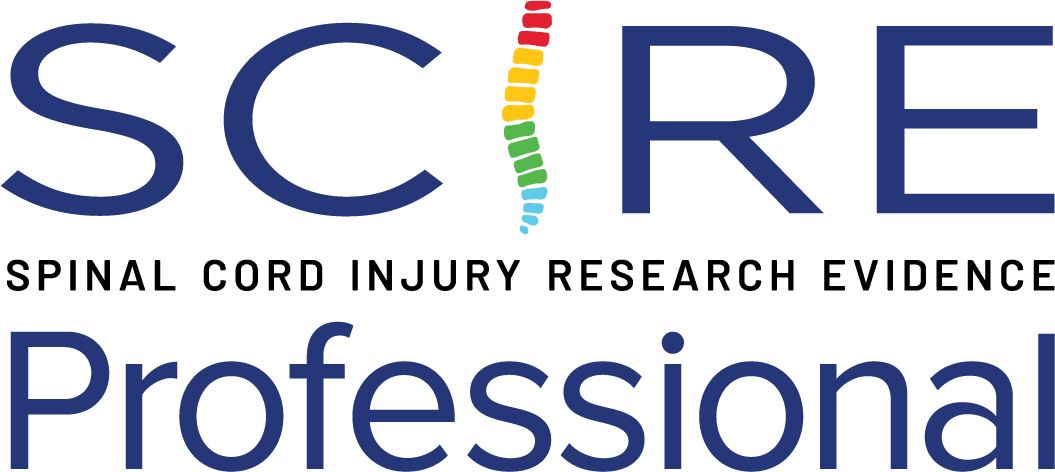Standing Balance Summary
Numerous studies have investigated the effects of different interventions on standing balance function in people with SCI. Although further studies are needed focusing on the standing balance function in people with SCI, taking all the results from this review together and from a clinical perspective:
- The inclusion of VR and/or other biofeedback approaches (e.g., EMG biofeedback or visuotemporal cues) to exercise programs could help in providing significant effects in standing balance in people with SCI, especially in those with chronic injuries.
- Different exercise interventions, especially conventional intensive balance training, task-specific training (consisting of stepping practice), and walking training programs on a walking track with different surfaces, among others, provide the most positive effects on standing balance or balance confidence for people with SCI, specifically those with motor incomplete and chronic injuries.
- On the other hand, different body-weight supported training interventions (e.g., BWSTT or wearable exoskeleton-assisted training) do not provide higher effects on standing balance function when compared with other approaches (e.g., body-weight supported training interventions, overground walking training interventions, use of KAFOs, or usual care) in people with acute and chronic SCI, and complete/ incomplete injuries.
- The application of FES to cycling or BWSTT interventions does not provide larger effects in standing balance in comparison with the same interventions without adding the electrical stimulation in participants with chronic SCI. Similarly, the combination of different neuromodulation approaches, such as tDCS or rTMS, to, mainly, gait training interventions does not provide higher improvements than the same interventions with sham stimulation in participants with chronic and incomplete SCI, and with acute and incomplete SCI, respectively.
- Promising effects have been shown for standing balance from different novel approaches (such as WBV training, eccentric resistance training program using the Eccentron, UTT, the addition of a robot-aided ankle rehabilitation to an intensive rehabilitation program, robotic postural stand training with the RobUST device, and a brain-spine interface device). However, more research is needed to assess the safety and effectiveness of these interventions in different subpopulations of people with SCI. In addition, these approaches may not yet be available to therapists.
Chapter Downloads
Patients Handouts
Outcome Measures
Toolkits and CPGs
Videos
Active Clinical Trials
